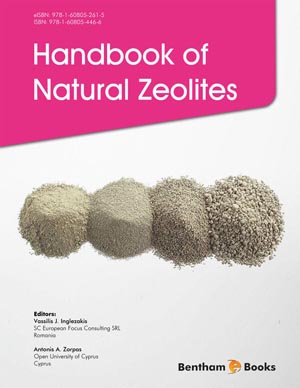Abstract
Pesticides are substance or mixture of substance which differ in their physical, chemical and identical properties from one to other. Hence, the pesticides are classified based on these properties. The classification of pesticides is based on (i) mode of entry, (ii) pesticide function and the pest organism they kill, and (iii) on the chemical composition. Pesticides are formulated in various forms like Liquids, Powders, Granules, Baits, Dust, Smoke generators, Ultra Low Volume liquids, etc. They are chemicals that are used to kill or control pests. Despite beneficial results of using pesticides in agriculture and public health sector, their use also invites deleterious environmental and public health effects. It has been observed that inappropriate application of pesticides may adversely affect every component of the environment. Due to the intensive application of pesticides, pests may evolve to develop resistance. Biological controls, such as resistant plant varieties and the tradition of pheromones, have been fruitful and, at periods, eternally resolve a pest problem. The most serious effects involve the destruction of non-target pest organisms (earthworm, pollinator and predators), loss in biological diversity, microbial diversity, and soil biomass or community assembly. These ecological losses owing to pesticides application are economically or socially significant. Hence, pesticides user, especially farmer, is suggested to reduce the impacts of pesticides by minimizing their application or by replacing it with bio-pesticides.
Keywords: Classification, Health and Environmental Concern, Pollution, Pesticides.












